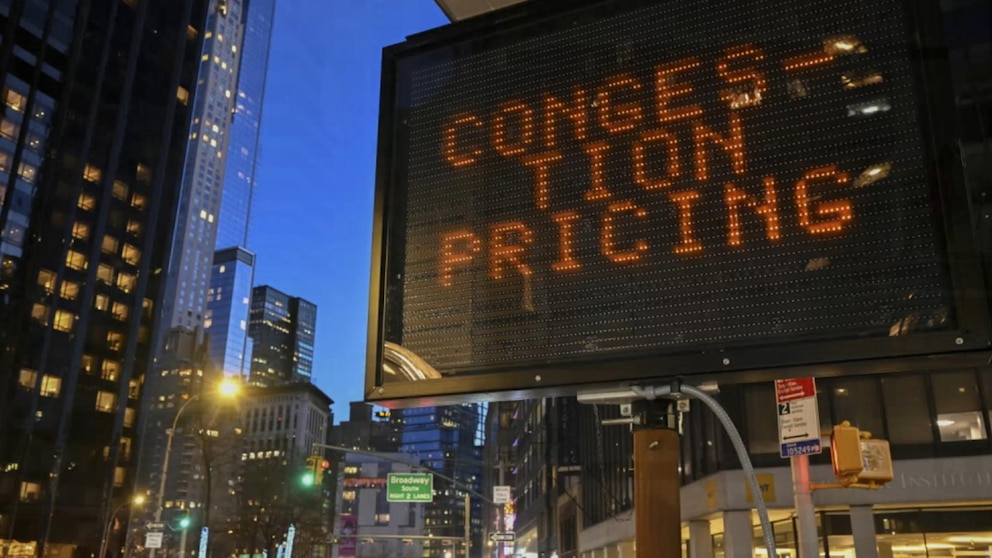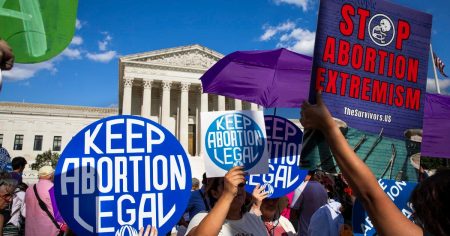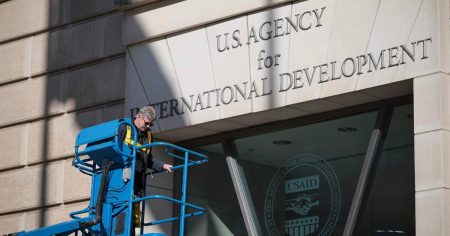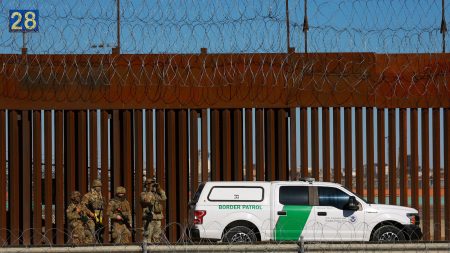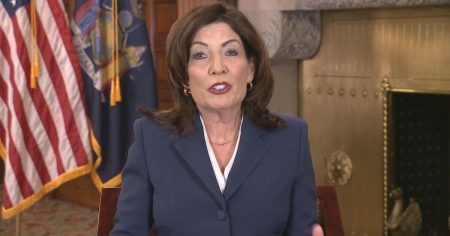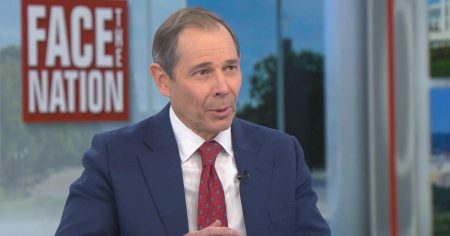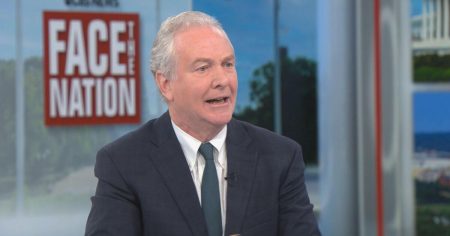The Trump Administration’s Move to End New York’s Congestion Pricing Tolls
Understanding Congestion Pricing
Congestion pricing is a strategy aimed at managing traffic flow by charging drivers a fee to access highly congested areas, such as central business districts. The primary goals of this system are to reduce traffic congestion, improve air quality, and generate revenue for transportation improvements. In New York City, the plan targeted Manhattan’s busiest areas, with the intention of easing the city’s notorious traffic and raising funds for the beleaguered public transit system.
The Trump Administration’s Opposition
The Trump administration moved to block New York’s congestion pricing plan, which was scheduled to begin in 2020. This decision came after the Federal Highway Administration (FHWA) rejected the environmental assessment required for the plan’s implementation. The administration cited concerns about the potential impact on traffic and the broader economy, suggesting that the tolls could disproportionately affect certain groups of drivers. This stance was met with criticism, as opponents argued that the move was politically motivated and ignored the environmental and traffic benefits of congestion pricing.
The Impact of the Decision
The FHWA’s rejection of the environmental assessment was a significant setback for New York’s congestion pricing initiative. The plan had already faced delays and legal challenges, but the federal government’s intervention added another layer of complexity. By blocking the plan, the Trump administration effectively put a halt to a policy that had been years in the making and was supported by many local officials and transit advocates.
Why This Matters
The Trump administration’s decision to end New York’s congestion pricing tolls is more than just a local issue; it has broader implications for urban transportation policy across the United States. Congestion pricing is seen as a innovative solution to traffic congestion and a way to raise much-needed revenue for public transit systems. By rejecting this plan, the administration sent a signal that it was not supportive of such initiatives, which could have a chilling effect on other cities considering similar measures.
Reaction from New York Officials and Advocates
New York officials, including Governor Kathy Hochul and Mayor Eric Adams, expressed disappointment and frustration with the Trump administration’s decision. They argued that congestion pricing was essential for addressing the city’s traffic crisis and funding critical improvements to the public transit system. Environmental and transit advocacy groups also condemned the move, emphasizing the importance of reducing traffic congestion to combat climate change and improve air quality.
The Future of Congestion Pricing
The future of congestion pricing in New York remains uncertain. While the Biden administration has shown more support for congestion pricing and other urban transportation initiatives, it is unclear whether the plan will be revisited or revised. The Trump administration’s decision to end the program sets a concerning precedent for federal interference in local transportation policies, which could have long-term implications for cities across the United States. As the debate over congestion pricing continues, it remains to be seen whether New York and other cities will be able to implement similar programs in the future.





